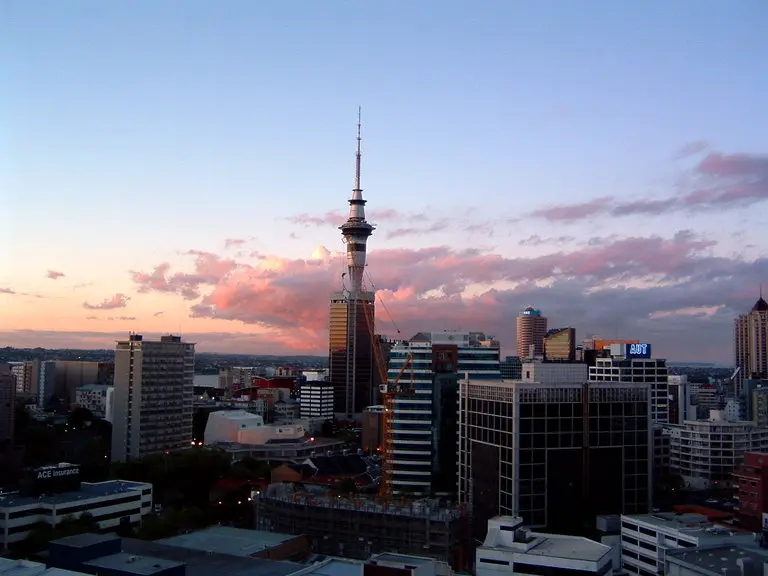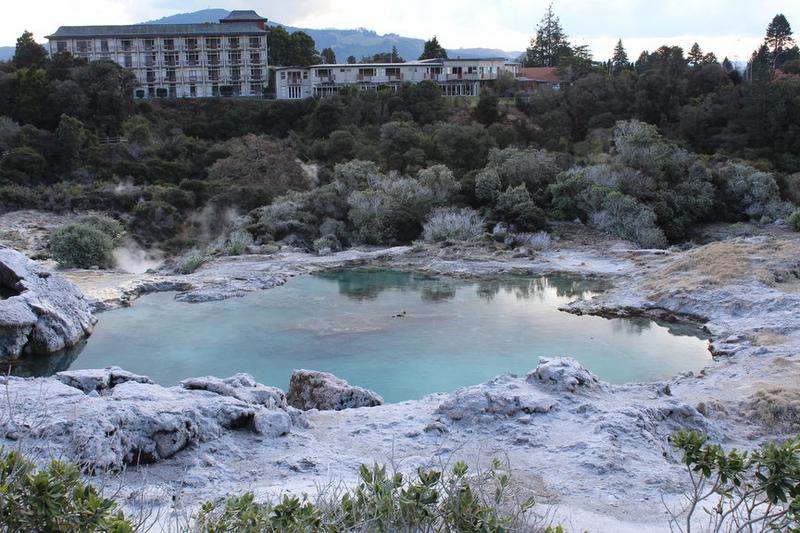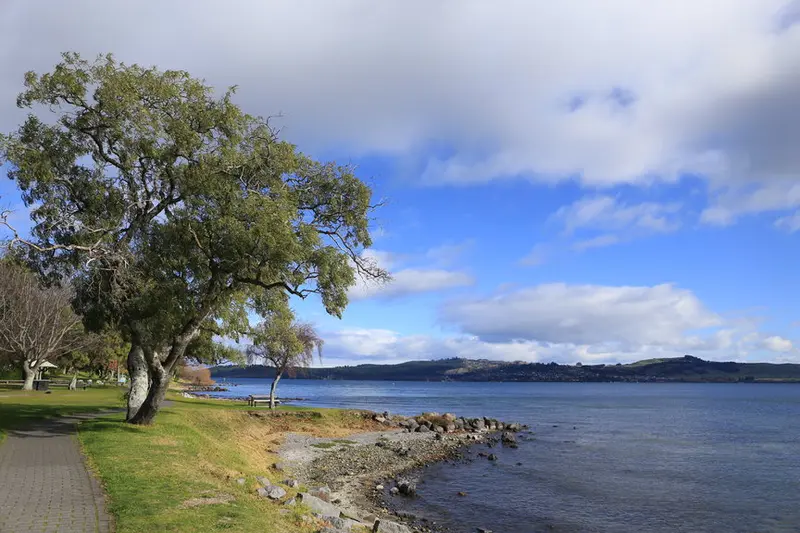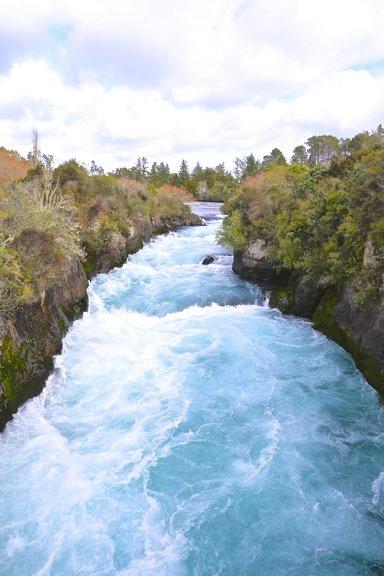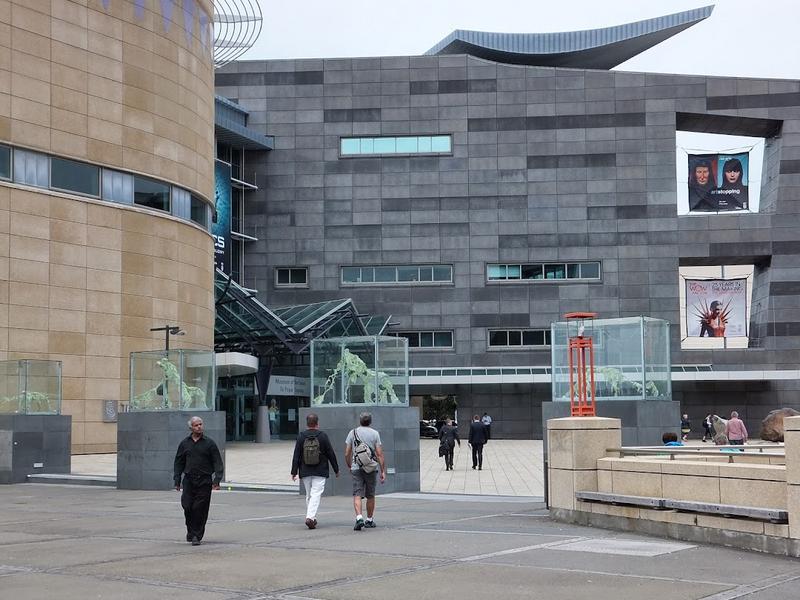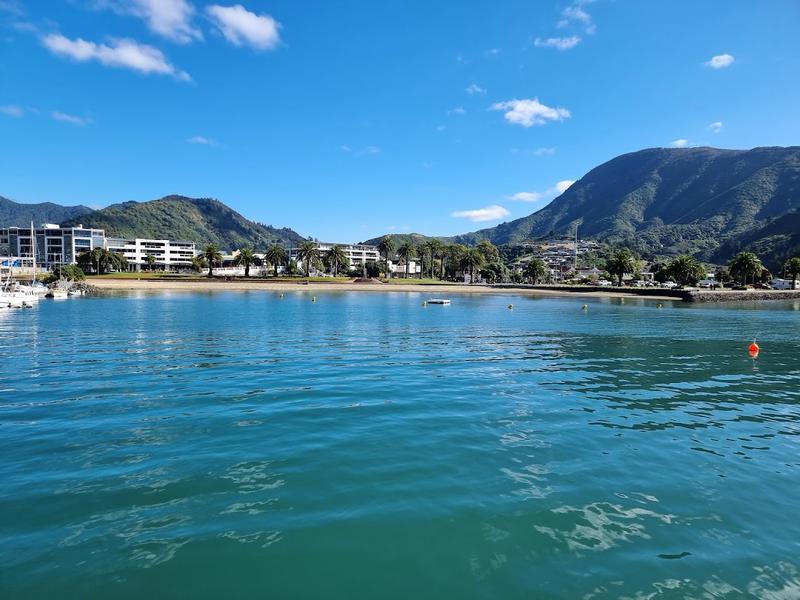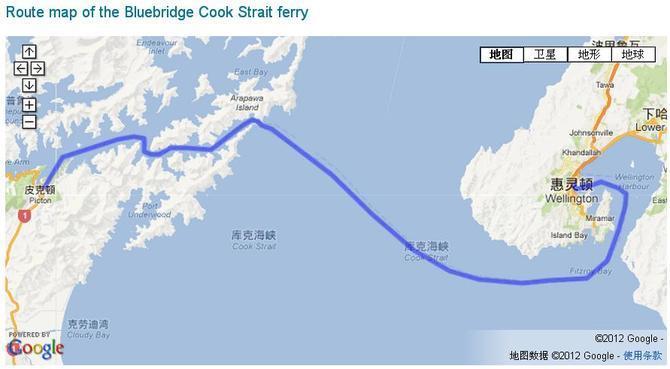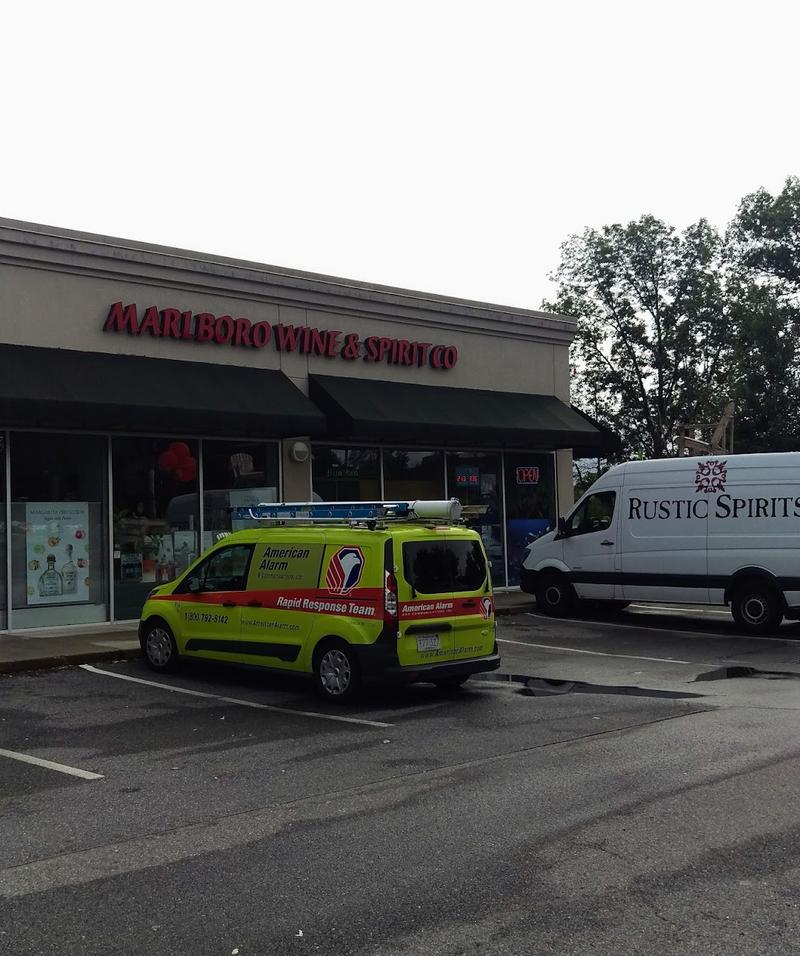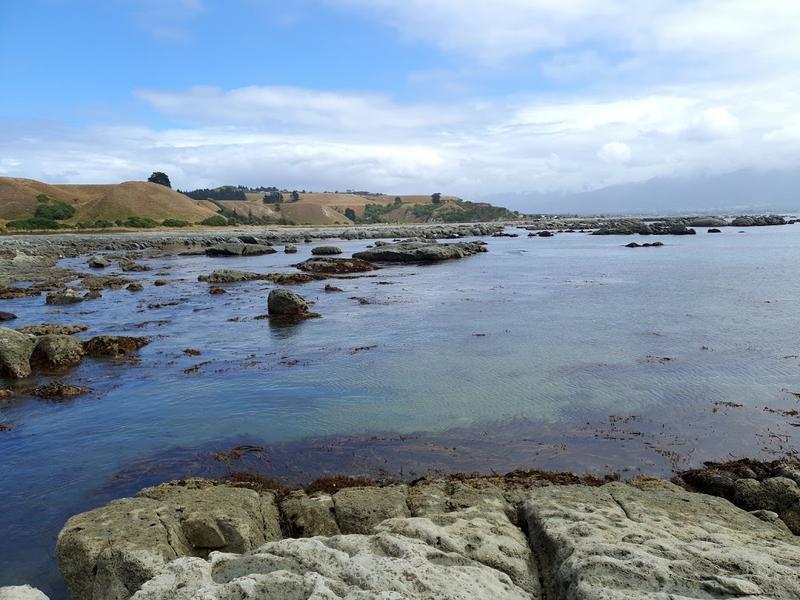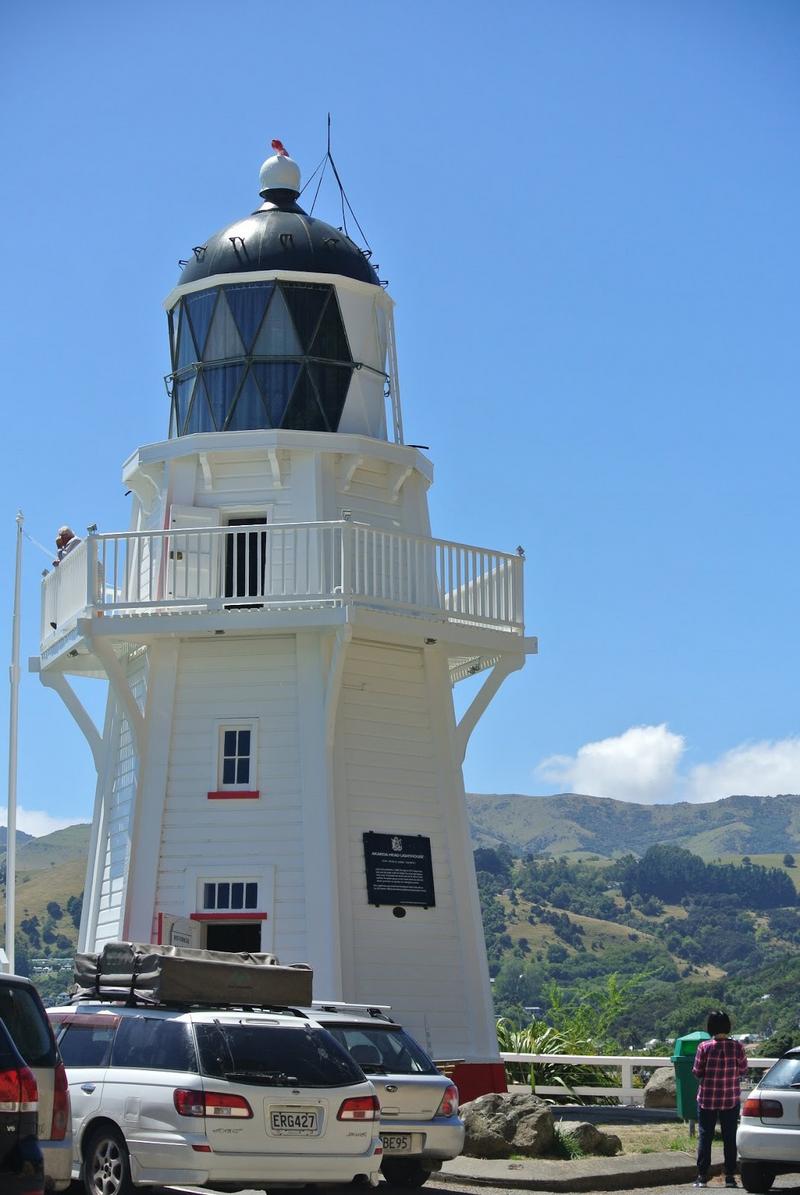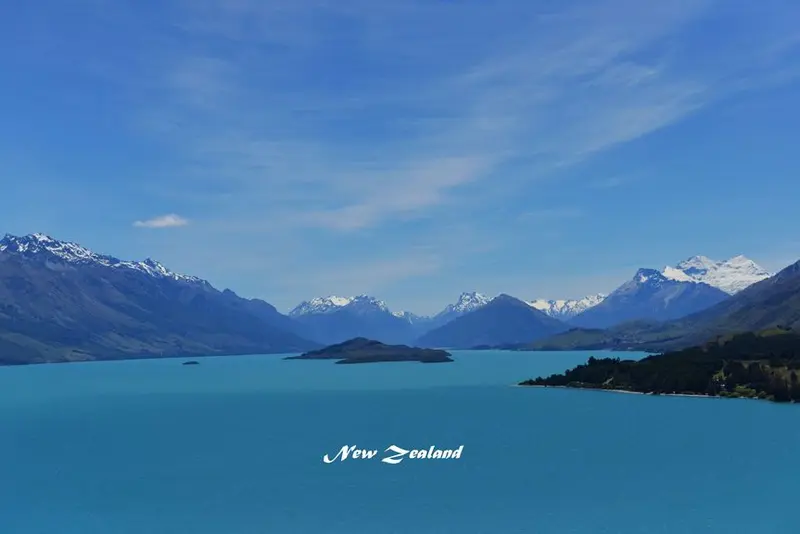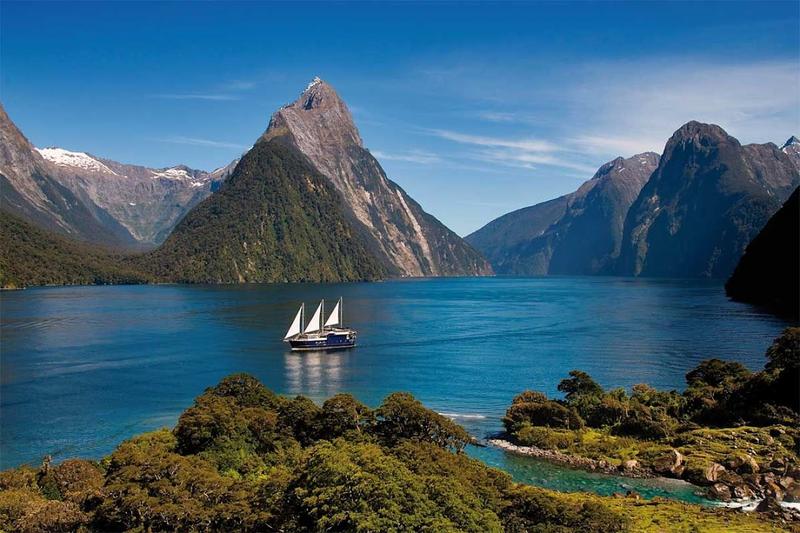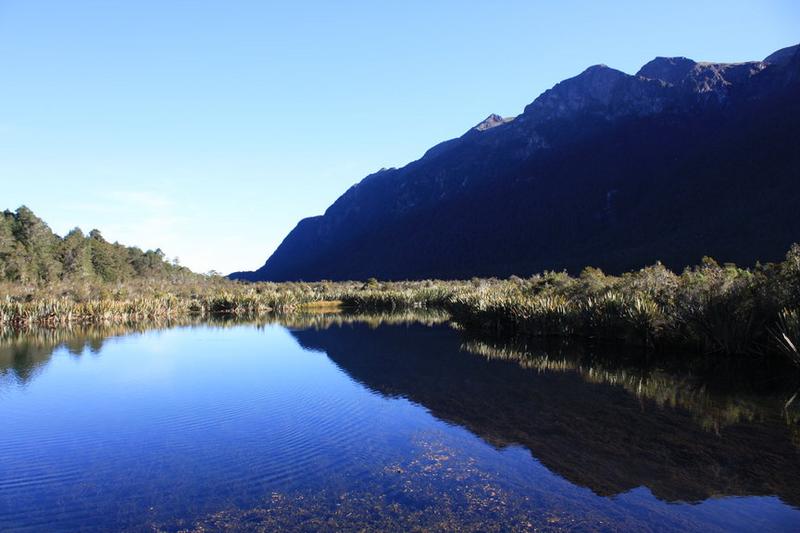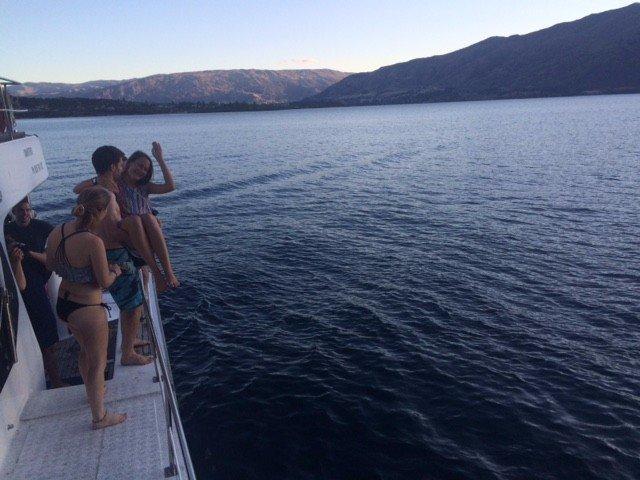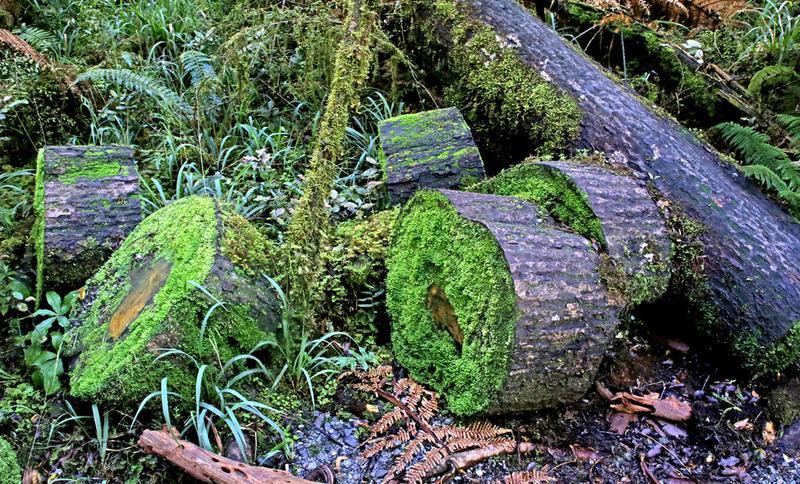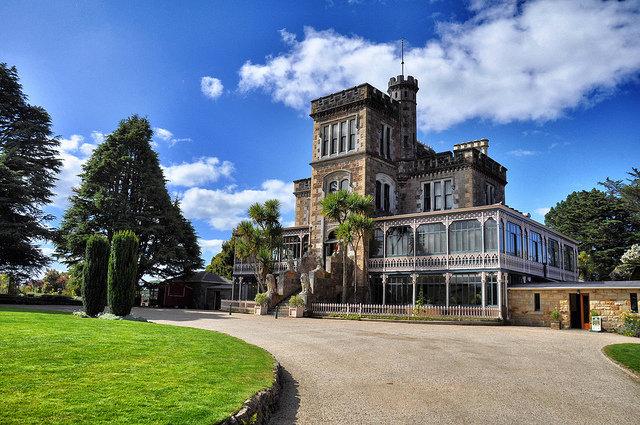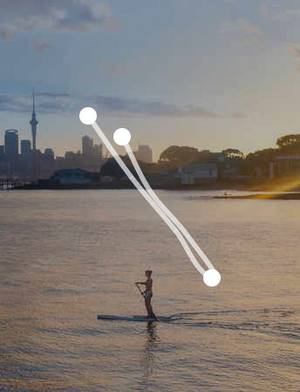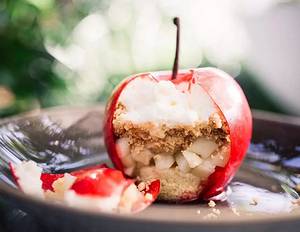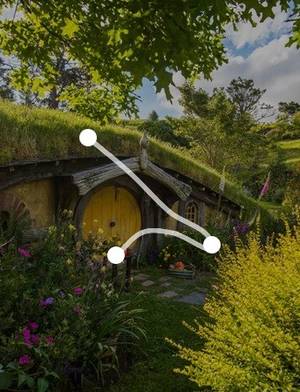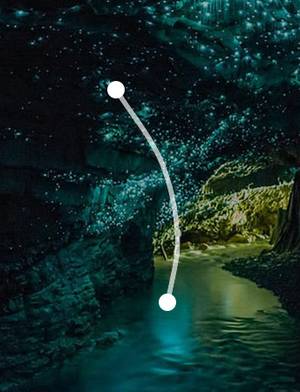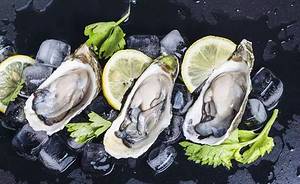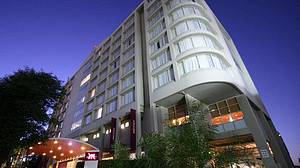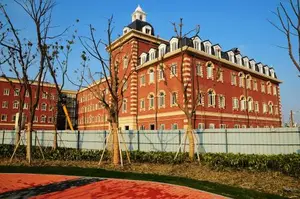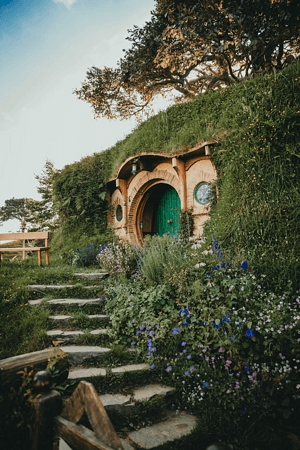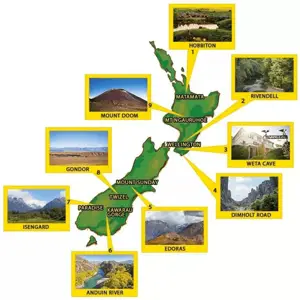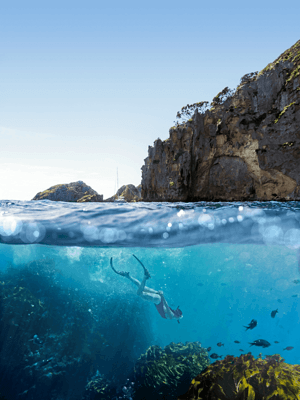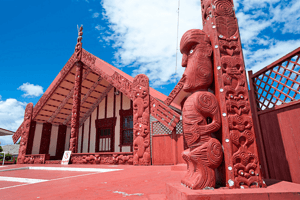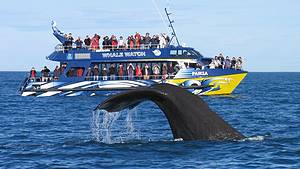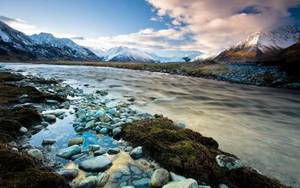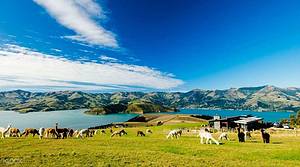New Zealand Discovery: North to South in 12 Days
13 cities |
24 attraction(s) |
total distance 31418
km
 TIPS
TIPS
Day1
Day2
Day3
Day4
Day5
Day6
Day7-8
Day9-10
Day11
Day12
Day1: Auckland
2 attraction(s) ·
2 km
1
The Auckland Museum is located in Auckland Domain Park and is a comprehensive museum of Gothic architecture, with a rich collection of historical and cultural relics. The museum has three floors. The first floor mainly displays Maori culture, including Maori handicrafts, meeting places, and daily items, as well as Pacific Islander art. The second floor exhibits various animal and plant specimens, with the most eye-catching being the remains of the moa bird. The third floor displays the history of the two world wars, including the weapons used and the soldiers who died for their country. The marble walls of the Hall of Memories are inscribed with the list of heroes of World War II, while World War I has only the dead. The museum also has a magnificent memorial to fallen soldiers, where a solemn mourning ceremony is held every April 25th. The museum also has the most comprehensive collection of Maori culture and New Zealand history, as well as three daily Maori performances. The museum's exterior is magnificent, with exhibits mainly featuring traditional art and culture of Pacific Islander indigenous peoples, including Maori totem sculptures and architecture, as well as various treasures. The museum offers views of Auckland's iconic landmarks such as the Auckland Harbour Bridge, Sky Tower, and container port, and is one of Auckland's must-see attractions.
2
km
2
Sky Tower, the tallest building in the southern hemisphere, was built in 1996. It stands at 328 meters tall and boasts multiple observation decks which offer a 360-degree view of Auckland. High-powered binoculars aid visitors in enjoying the view. Broadcast services in various languages and interactive technology can be found throughout the tower. There are also audio-visual exhibits to help visitors learn more about Auckland. Visitors with tickets can access the main observation deck at 186 meters and the Sky Deck at 220 meters. If you are not afraid of heights, you can opt for the glass elevator ride, which allows you to admire outside views as you ascend. There are two observation decks on the tower, both surrounded by glass floors. You can stand on them and look up at the blue sky or feel the thrill of the high altitude beneath your feet. The SkyWalk and SkyJump are two extreme sports offered on the tower that require courage and daring to attempt. Several restaurants can be found on the tower, allowing visitors to enjoy delicious food. At night, the view from the tower is breathtaking, with many considering it even more spectacular than during the day. Visit the Sky Tower and enjoy an unparalleled experience, while taking in the beautiful sights of Auckland.
Day2: Rotorua
2 attraction(s) ·
3 km
1
Tepuia, located about 2.5 kilometers from the city center of Rotorua, is a must-visit tourist destination. This is because it is home to the world-famous Pohutu geyser, with unique and stunning scenery. In addition, Tepuia is also the birthplace of New Zealand's Maori crafts and arts school, where visitors can enjoy traditional Maori dance performances and craft productions, and gain a deep understanding of Maori culture.
3
km
2
Polynesia Spa is located in the government garden. It is a historical mineral spring and can be reached within a 5-minute walk from the center of Rotorua. There are a total of 35 hot spring pools here, and visitors can also buy a variety of hot spring derived products. Among them, the mineral mud beauty and skincare products are very famous.
Day3: Taupo
2 attraction(s) ·
20 km
1
Taupo Lake is located in the central region of the North Island volcanic area, known for fishing and vacationing, and is the largest freshwater lake in New Zealand. It is situated behind the Tangariro Mountains, and the famous Huka Falls is also located here. Despite its peacefulness and clearness in the summer, it is actually a volcanic lake that had violent ancient volcanic eruptions. Today, Taupo Lake is one of the few remaining wild trout spawning sites in the world and the largest trout fishing center globally. You can hire a guide to fish for rainbow or brown trout or learn the skills of fly fishing. The trout you catch can be cooked for you at many local restaurants or hotels. Huka Falls is one of the most popular sightseeing spots in New Zealand and a great place to take photos. The sound of thunder, the magnificent spectacle of up to 220,000 liters of water per second cascading down from the cliff top. You can also take a jet boat ride to get here. In addition, the area has many other interesting sights, including the famous moon crater (Craters of the Moon), where you can see oddities such as geysers, mud pools, and hot steam vents. Moreover, various water activities are available here, such as jet boating, parasailing, fishing, swimming, kayaking, canoeing, yachting, and seaplane sightseeing.
20
km
2
The Huka Falls are located in the Waikato region of New Zealand. With abundant water and spectacular scenery, it is one of the most popular natural landscapes in the area. The Waikato River mouth of the waterfall is 12 meters high and the water flow is 230 tons per second. Due to the effects of narrow passages and faults, the Waikato River appears light blue in color, like a beautiful gem. When the water flows impact the waterfall, the powerful force creates a foamy waterfall, which is very impressive. Therefore, locals call this beautiful waterfall "Huka", which means foam.
Day4: Wellington
2 attraction(s) ·
1 km
1
New Zealand's principal museum tracking native and colonial culture as well as natural history.
1
km
Day5: Picton > Marlborough
3 attraction(s) ·
14712 km
2
Marlborough Sounds is formed by an ancient sunken river valley and the Pacific Ocean, surrounded by high mountains and towering trees. The region consists of three main water bodies: Queen Charlotte Sound, Kenepuru Sound, and Pelorus Sound, known for their beautiful landscapes and popular among tourists. There are 50 protected areas under the Ministry for the Environment that highlight the preservation of the ecological environment. The islands provide a perfect ecological habitat, with very few predatory animals, allowing for the existence of native wildlife.
Kayaking and hiking are popular activities in the area, and there are several campsites for tent camping. Visitors can also rent boats to experience the joy of boating. There are multiple trails that pass through pristine forests and beautiful beaches, as well as five mountain biking trails. Picton and Havelock are the two main towns in the area, with Picton located in Queen Charlotte Sound and Havelock in Pelorus Sound. From Wellington, one can take a large ferry to Picton, and it is also possible to drive there.
14677
km
Day6: Kaikoura
1 attraction(s) ·
0 km
1
Day7-8: Christchurch > South Island
3 attraction(s) ·
42 km
1
The Canterbury Museum is located in the center of Christchurch, with a grand and distinct European architectural style. The museum has a diverse range of exhibitions, including New Zealand history, nature, Maori culture, art, etc. The Antarctic-related theme is particularly fascinating, showcasing vivid sculptures of emperor penguins and Coracle, a small boat used for survival during the shipwreck of 1907 on Disappointment Island. In addition, the museum has abundant specimens of birds from the South Pacific, showcasing the rich ecological diversity of our planet. Before July 2015, the special exhibition "Quake City" was open to the public, displaying the reconstruction and impact of Christchurch after multiple earthquakes since September 2010, providing a deeper understanding of the city’s history and development. The museum’s ticket prices are also very affordable, with only 10 New Zealand dollars for adults to enjoy the exhibitions. A visit to the museum will provide a deeper understanding of the history and culture of Christchurch.
2
km
2
The cardboard cathedral in Christchurch, New Zealand is a transitional Anglican church that was opened in August 2013. It was designed by Japanese architect Shigeru Ban, who won the Pritzker Prize in 2014, and can accommodate 700 people. The design features unique materials and structures, including 60cm (24-inch) diameter cardboard tubes, wood, and steel. The altar stands at 21 meters (69 feet) high, and the roof is made of polycarbonates and eight shipping containers. This building is an excellent example of modern architecture that attracts a large number of visitors.
41
km
3
Day9-10: Queenstown > South Island > Te Anau
4 attraction(s) ·
192 km
2
Nestled in a glaciated valley, New Zealand's third largest lake is shaped like a lightning bolt and boasts stunning scenery. The northern end is where the Dart River merges into it, while the Kawarau River flows into the lake mouth after originating from Queenstown. It is surrounded by high mountains, with the highest peak being Mount Earnslaw at 2,819 meters above sea level. The towns around the lake include Queenstown, Kingston, Glenorchy, and Kinloch, the center of New Zealand's outdoor activities. Bungee jumping, a worldwide sensation, originated here. One of the activities by the lake is a cruise on the historic TSS Earnslaw steamship to see the lake views. In the early 20th century, the Earnslaw mainly provided transportation for goods to the ranches on the lake shore. Today, it is still well-preserved and takes tourists to the Walter Peak sheep farm for a stunning view. All of these towns quietly nestled along the lake are worth a visit.
75
km
4
Fiordland National Park is a beautiful protected area located in the southwest corner of New Zealand's South Island. Conservation efforts began in 1904 and it was established as a national park in 1952. In 1990, it was designated as a UNESCO World Heritage Site and is one of the largest national parks in the world. Here, you can admire cascading waterfalls, ancient rainforests, and granite peak formations that reach several hundred meters high. Due to the valuable mineral resource "greenstone" found here, it is also known as the "jade city".
The Anduin River from the film "The Lord of the Rings" is actually the Waiau River. This river flows through the area between Te Anau and Manapouri, and it was used by the Fellowship of the Ring to travel south. The towering mountains surrounding the river represent the harsh environment of southern Isengard in the movie. The Fangorn Forest scenes were shot along the Takaro Road, where a remote-controlled camera was attached to a rope high above the trees to capture the scene of Aragorn walking through the forest.
If you want to visit the Fangorn Forest for yourself, you can head out to the Takaro Road. In Te Anau, you can take a jetboat tour of the Waiau River, cruise through Milford Sound on a boat tour through the magical misty mountains, or explore breathtaking scenery along the Kepler Track.
Day11: Wanaka
3 attraction(s) ·
75 km
1
From the shore of Lake Wanaka, magnificent views of the town of Wanaka can be enjoyed, and there are a variety of activities to choose from on the lake and along its banks. Wanaka is a unique place full of vitality and a sporty atmosphere, where visitors can try cycling, water skiing, surfing, mountain climbing, running, off-road motorbiking, winter snowboarding or skiing, or simply stroll along the beautiful lake and experience the natural scenery here.
20
km
2
Roys Peak Track is a famous one-day hiking route in New Zealand that starts at the base of Mt Roy, not far from the town of Wanaka. The round trip hike takes about 5 hours and offers stunning views along the way. When you reach the summit, you will be rewarded with a breathtaking view of Wanaka Lake.
55
km
3
Aspiring National Park is a national park located in the southwestern part of the South Island of New Zealand, also known as Mount Aspiring National Park. It is situated in the Southern Alps, at the border of the Otago and West Coast regions. The park features stunning alpine scenery, glaciers, valleys, and high mountain lakes, with the highest peak reaching 3,033 meters, making it one of New Zealand's famous mountains. Hiking, mountaineering, and skiing are popular activities in the park.
Day12: Dunedin
2 attraction(s) ·
4 km
1
In 1871, Dunedin businessman and politician William Larnach built a luxury castle for his first wife. It is New Zealand's only castle and is located on the highest point of Otago Peninsula. The interior is beautifully decorated with luxurious furniture and exquisite carvings. The banquet hall, a gift for Larnach's daughter's 21st birthday, is truly lavish. Today, visitors can enjoy food and coffee at the castle's café. The peaceful and beautiful garden in front of the castle offers stunning views of the peninsula and harbor. However, the landlord eventually committed suicide by gunshot in 1898 due to financial crisis.
4
km

